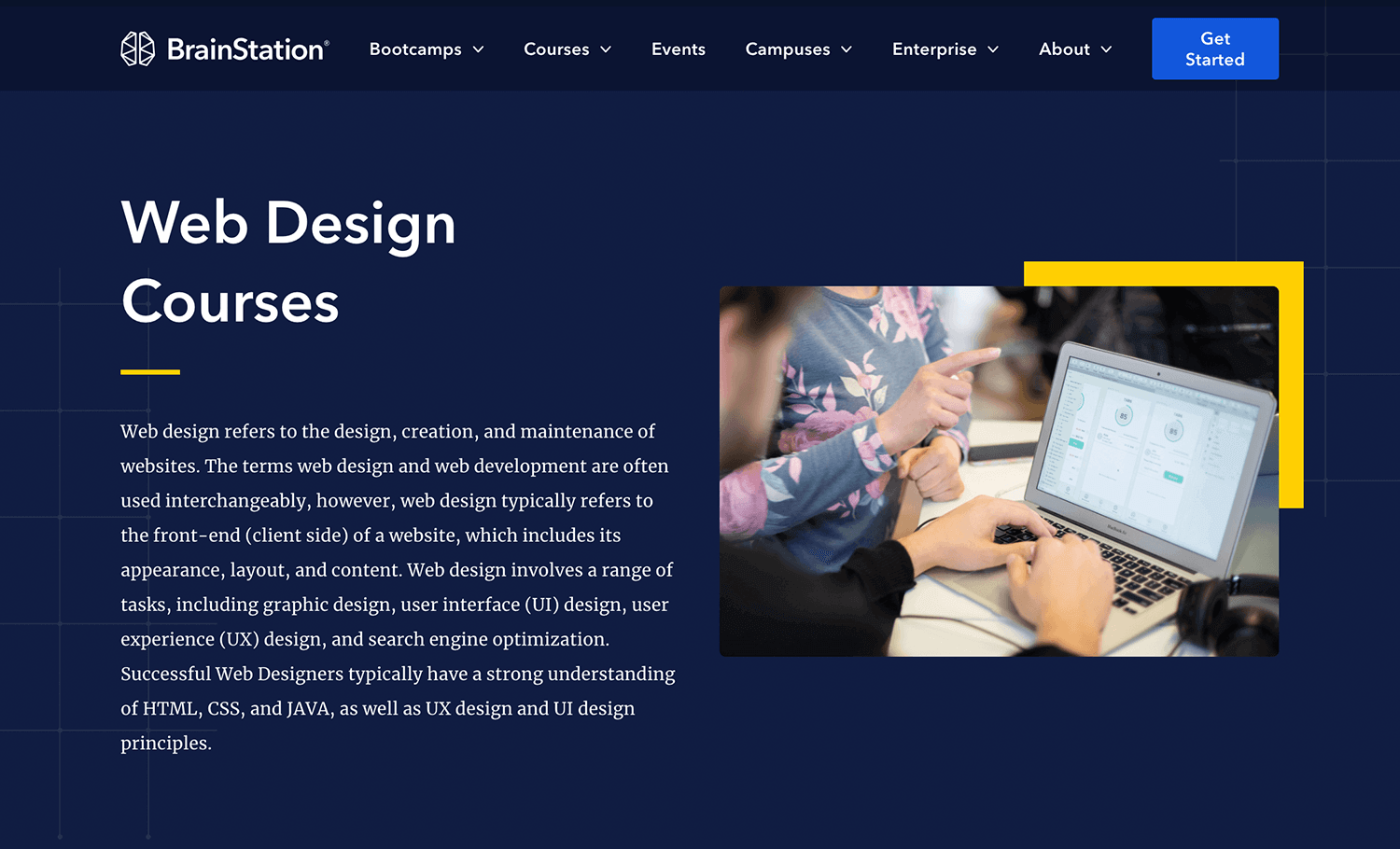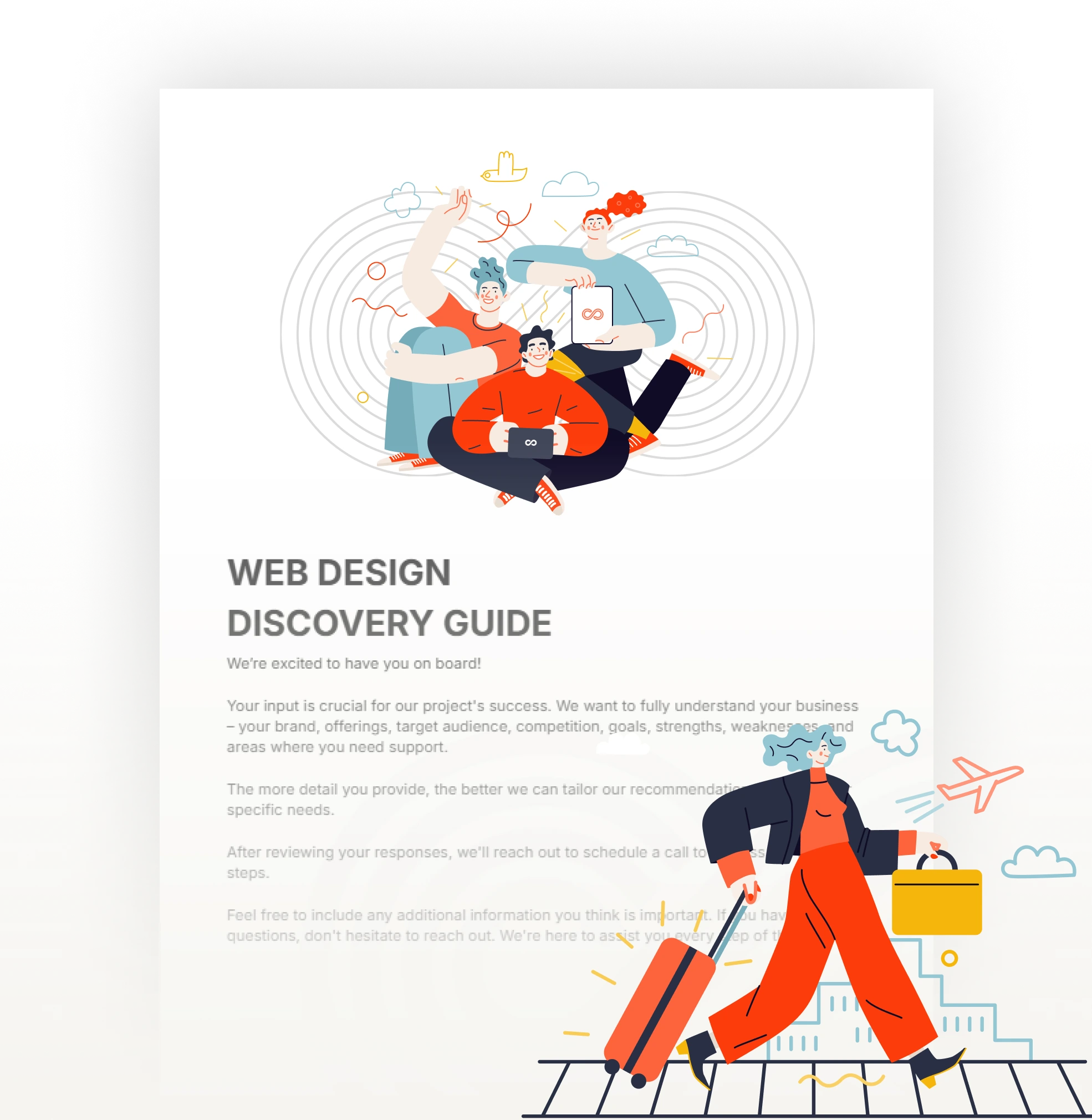The Best Kinds of Website Design to Improve Individual Experience and Engagement
In the ever-evolving landscape of electronic communication, the effectiveness of Web design substantially influences individual experience and engagement. Different layout strategies, such as minimal, receptive, and interactive formats, each offer special benefits that can provide to diverse individual requirements. Understanding which types of Web layout ideal serve these purposes can be pivotal for services aiming to improve client satisfaction and retention. Nonetheless, the concern continues to be: which layout components really resonate with customers and foster significant interaction? The expedition of these principles exposes vital understandings that might redefine your strategy to Web layout.
Minimal Web Layout
As digital landscapes become progressively cluttered, minimal Web layout has actually become an effective method to improving individual experience. This style approach focuses on simpleness, concentrating on important elements while removing unnecessary distractions. By utilizing sufficient white room, simple navigating, and a minimal shade palette, minimalist layout fosters quality and directs individual attention to essential web content.
The core concept of minimalist Web layout is to develop a smooth interaction for individuals. By reducing cognitive load, individuals can promptly realize details without feeling bewildered. This direct method not just boosts usability yet likewise encourages interaction, as visitors are more likely to discover a site that is visually appealing and very easy to navigate.
Additionally, minimalist layout commonly stresses typography and images, using these elements strategically to share messages properly. In significance, minimal Web design is not simply a fad; it is a thoughtful technique that acknowledges the significance of user-centered layout.
Responsive Website Design
In today's varied digital setting, responsive Web design has become crucial for developing a seamless customer experience across a wide range of devices. As individuals accessibility internet sites on mobile phones, tablets, desktops, and laptop computers, the ability of a web site to adjust its design and material to different display sizes and resolutions is important.
Responsive website design employs flexible grids, pictures, and CSS media inquiries to make sure that Web content exists optimally, no matter of the device utilized. This approach not just improves the visual appeal of a website but also significantly improves use. Individuals are more probable to engage with a site that supplies a constant experience, as it gets rid of the disappointment of needing to zoom in or scroll exceedingly.
In addition, internet search engine, including Google, prioritize mobile-friendly sites in search rankings. By taking on responsive layout, services can improve their visibility and get to a wider audience. This approach likewise streamlines website upkeep, as a single version of the website can cater to all tools, decreasing the need for numerous versions. In recap, responsive Web layout is an essential practice that improves user experience, involvement, and overall contentment.
Interactive Website Design
Responsive Web design lays the foundation for improving user experience, yet interactive website design takes this an action further by engaging customers in a more vibrant means - Aligned Position Web Design. By incorporating aspects such as computer animations, clickable models, and real-time comments, interactive Web layout captivates individuals, attracting them right into a richer surfing experience
This method not only promotes involvement but also encourages customers to discover material actively rather than passively consuming it. Techniques such as gamification, where individuals gain incentives for finishing jobs, can considerably enhance the moment invested in a website and boost total complete satisfaction. Moreover, interactive attributes can simplify complex information, making it more pleasurable and absorbable.

Incorporating interactive style elements can likewise bring about higher conversion rates, as users are most likely to engage with a site that proactively includes them. Aligned Position Web Design. Ultimately, interactive website design transforms individual experiences right into unforgettable trips, guaranteeing that visitors return time and once again
Apartment Layout
Characterized by its minimalistic method, flat style stresses simpleness and capability, stripping away unnecessary elements and concentrating on crucial features. This design viewpoint prioritizes functionality, guaranteeing that individuals can navigate interfaces effortlessly and performance. By utilizing a clean aesthetic, level layout removes the mess often found in more ornate styles, thereby enhancing user concentrate on web content and capability.
The characteristic of level design exists in its use strong colors, easy typography, and geometric shapes. These components add to an aesthetically attractive interface that is both friendly and contemporary. Furthermore, flat design cultivates a feeling of clearness, allowing users to recognize crucial activities and info without interruption.
Furthermore, level style is particularly efficient in responsive Web style, as its simplicity converts well throughout different devices and display sizes. The absence of complex structures and gradients decreases packing times, which is essential for maintaining individual engagement. As electronic landscapes remain to evolve, level layout stays a relevant option for producing user-friendly internet sites that improve general experience. By concentrating on important features, level design not only meets customer needs yet also motivates smooth interaction, making it a crucial part of efficient website design approaches.
Flexible Website Design
Adaptive website design tailors the customer experience by creating several dealt with formats tailored to different screen sizes and gadgets. Unlike receptive layout, which fluidly readjusts a single layout, adaptive design employs unique layouts for particular breakpoints, guaranteeing ideal discussion on numerous systems. This method enables designers to concentrate on the special attributes of each tool, boosting use by delivering precisely what users require based upon their context.
Among the primary advantages of flexible Web layout is its capacity to maximize tons times and efficiency. By serving tailored content and images that fit the customer's tool, web sites can minimize data usage and boost loading rates. This is specifically beneficial for customers with slower connections or limited information strategies.

In addition, adaptive style helps with an extra regular and controlled branding experience. Considering that developers develop several formats, they can ensure that the visual components align with the brand's identity throughout various platforms - Aligned Position Web Design. This leads to a natural user experience, improving involvement and these details advertising customer retention
Conclusion
Minimalist design cultivates quality and emphasis, while receptive style makes certain adaptability across different gadgets, promoting availability. Collectively, these design comes close to add to the development of easy to use atmospheres that not only boost fulfillment but additionally drive greater conversion rates, underscoring their crucial importance in modern Web style techniques.

Minimal layout fosters clarity and focus, while responsive style ensures versatility across different tools, advertising ease of access. Collectively, these style comes close to add to the creation of user-friendly atmospheres that not only improve fulfillment yet additionally drive greater conversion rates, highlighting their important relevance in contemporary Web style techniques.
Comments on “Aligned Position Web Design: Creating Custom Websites That Drive Traffic and Increase Conversions”